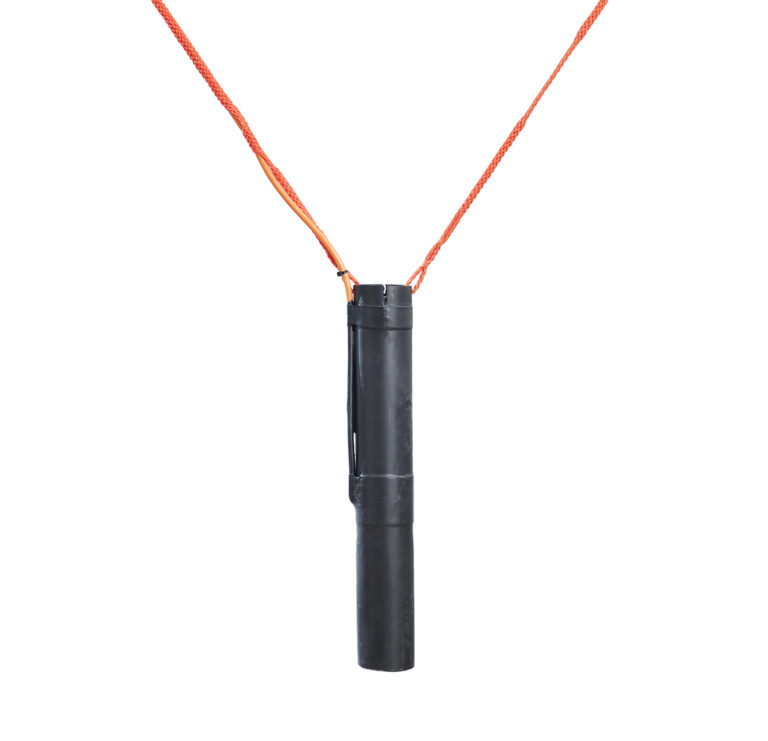
Innovation & Investment
Fish behavior-tracking tech aims to curb aquafeed wastage
Overfeeding is a waste stream for aquaculture. Underwater cameras in pens help, but a company mixing hydroacoustics and machine learning has another idea.
Innovation & Investment
Innovasea's waterborne FlowFeeder gently delivers pellets to fish in a way that minimizes damage and loss common to air-blown systems.

Innovation & Investment
Overfeeding is a waste stream for aquaculture. Underwater cameras in pens help, but a company mixing hydroacoustics and machine learning has another idea.
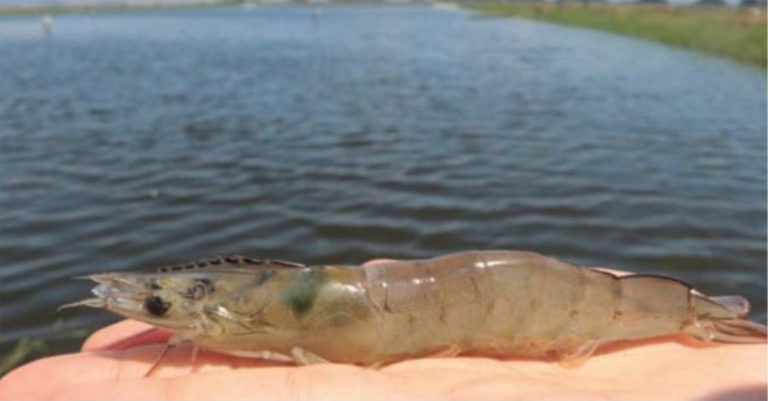
Aquafeeds
Existing dynamic models applied to the growth of Pacific white shrimp can describe and predict feeding behavior to help farmers achieve maximum benefits.
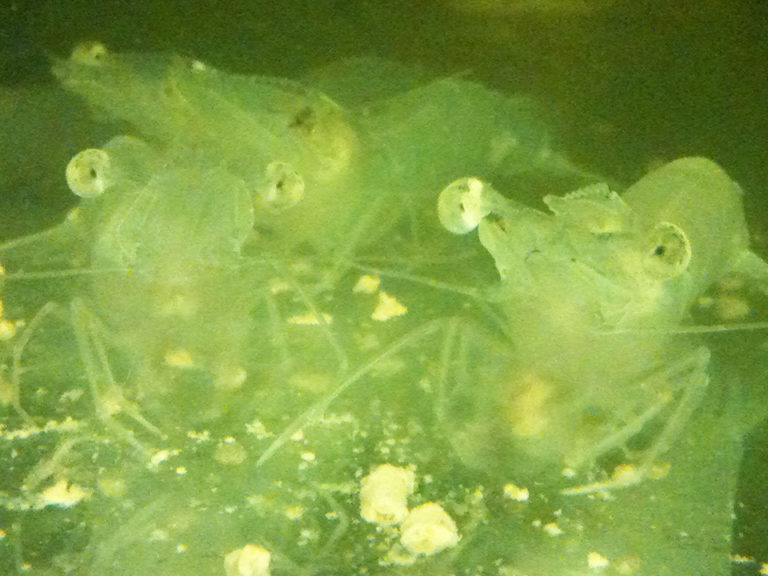
Aquafeeds
A study that used DDGS to partially replace soybean meal as the primary protein source in diets for juvenile white shrimp found the growth of shrimp significantly decreased when DDGS replaced soybean meal.
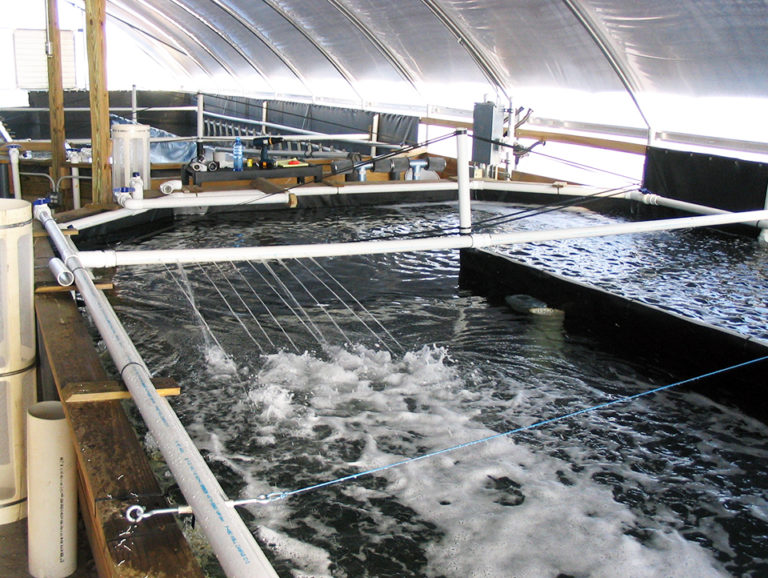
Health & Welfare
The potential shrimp aquaculture has for significant improvements in performance through improved genetics and nutrition will not be fully expressed unless appropriate feeding methods are practiced.
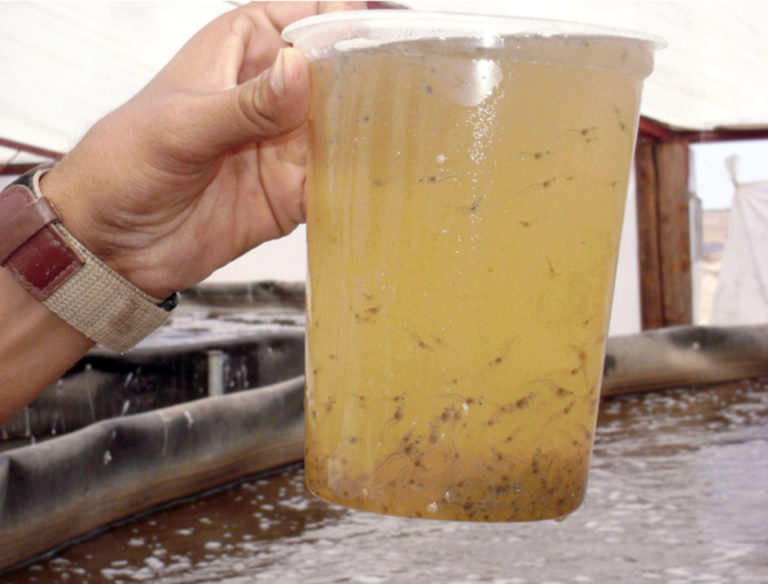
Aquafeeds
For an intensive shrimp nursery, the main goal in feeding is to supply each animal the proper quantity of feed where it can be easily accessed and consumed.
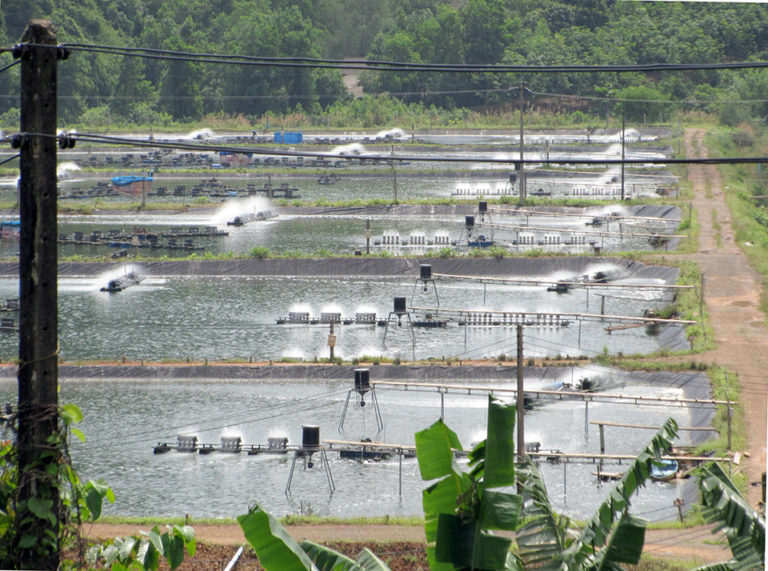
Aquafeeds
Controlled by timers, automatic feeders should be placed in deeper areas of ponds and away from aerators. Overfeeding is rare during automatic feeding, and pond bottom quality is maintained through grow-out cycles.
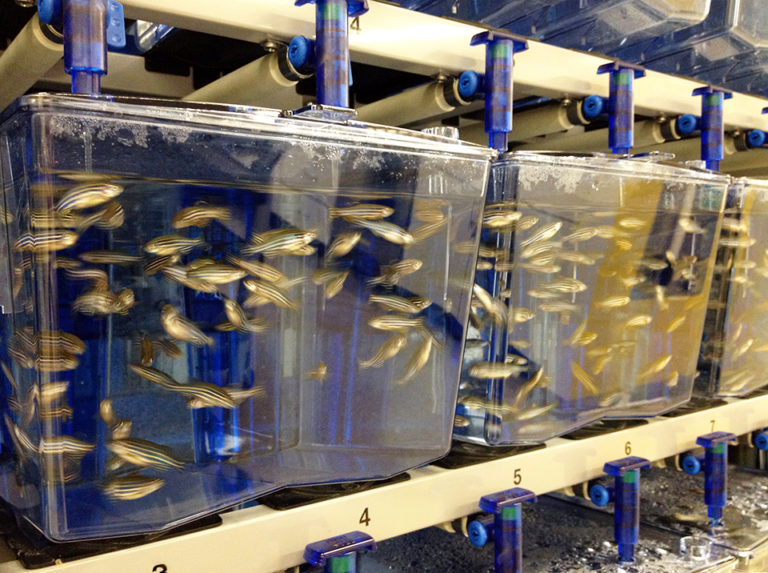
Health & Welfare
Zebrafish offer a living model system for research in a wide variety of scientific disciplines. The Aquatic Resources Program at Children’s Hospital Boston recently identified an alternative feeding method that requires less labor.
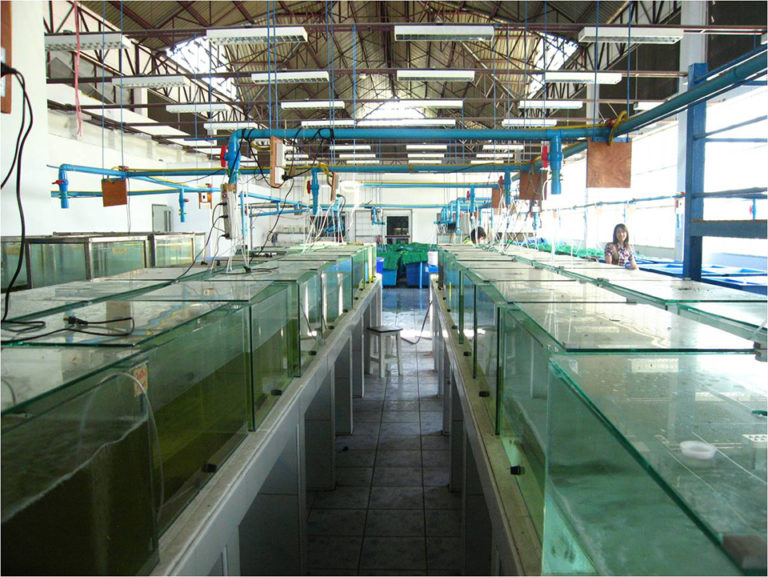
Health & Welfare
In laboratory tests with white shrimp, feed consumption was 36.5 percent higher at 33 degrees-C than at 29. Growth was similar at both temperatures.
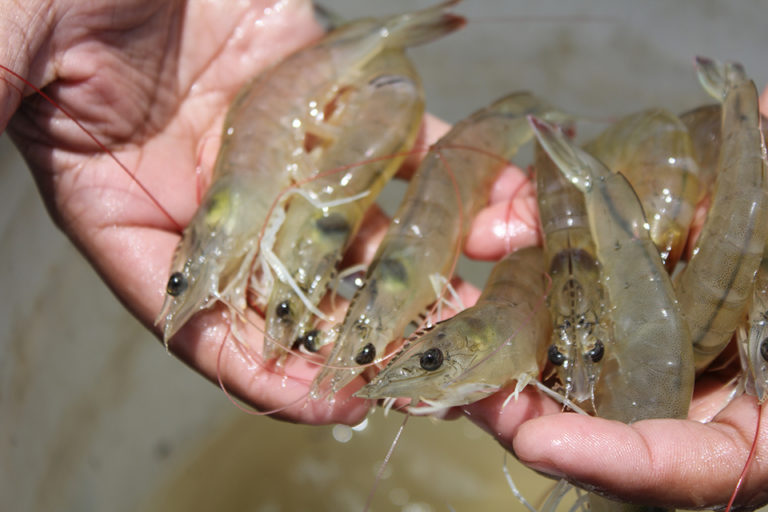
Responsibility
Compensatory gain is defined as faster than normal growth following a period of slower than normal growth, caused by nutritional and environmental factors.
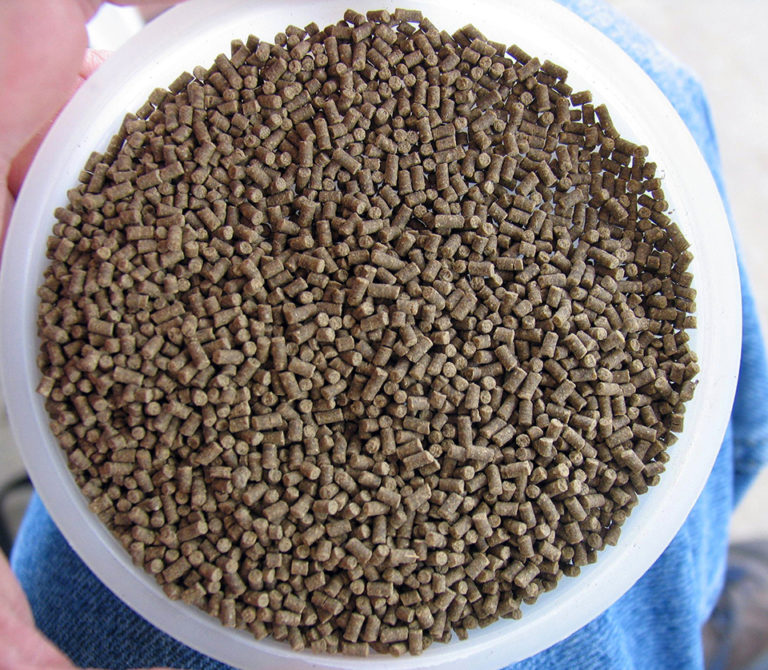
Health & Welfare
Shrimp farm performance can often be below realistic production standards. Use proven nutrition, feeds and feeding techniques to improve profitability.
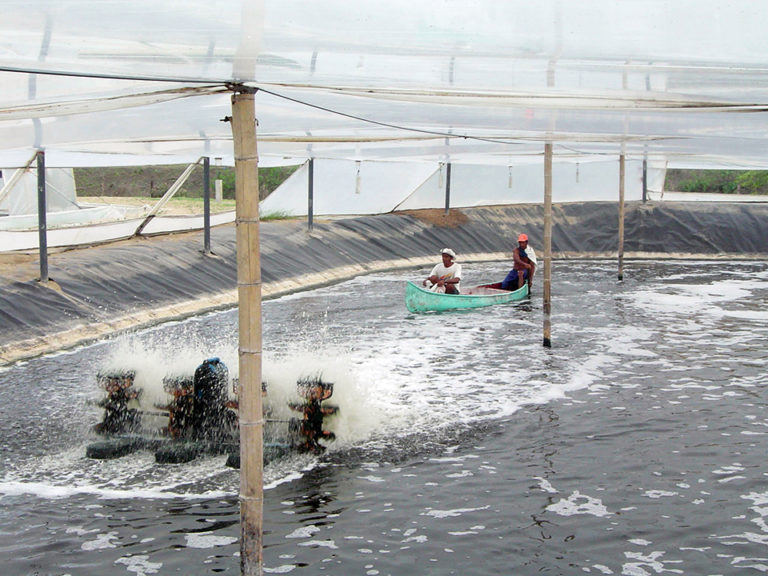
Health & Welfare
Langostinera Florida is an intensive shrimp farm with controlled conditions. Greenhouses can operate in areas where diseases have affected the industry.
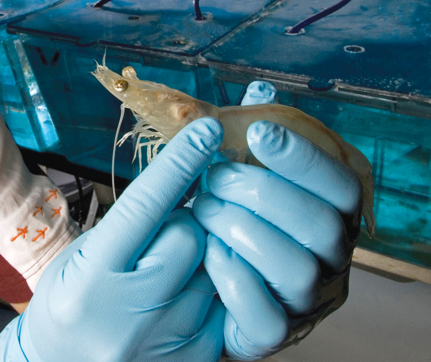
Aquafeeds
Recent research is demonstrating that biofloc-based proteins are suitable replacements for fishmeal in aquaculture diets. Since bioflocs can be produced while treating aquaculture effluents, a waste product can be converted into a valuable resource.
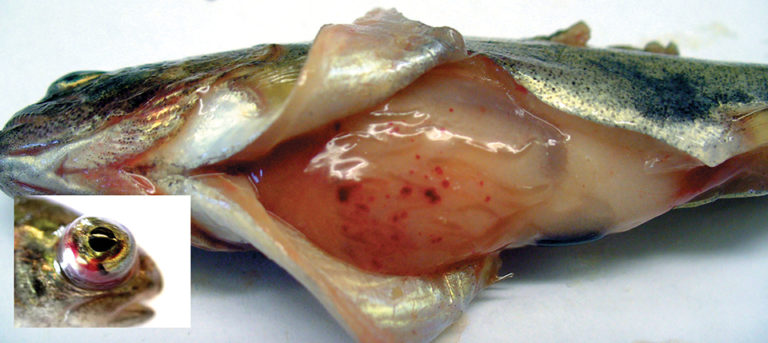
Health & Welfare
The use of probiotics in aquaculture is steadily gaining momentum, supplementing or replacing the use of antimicrobial compounds in disease control.
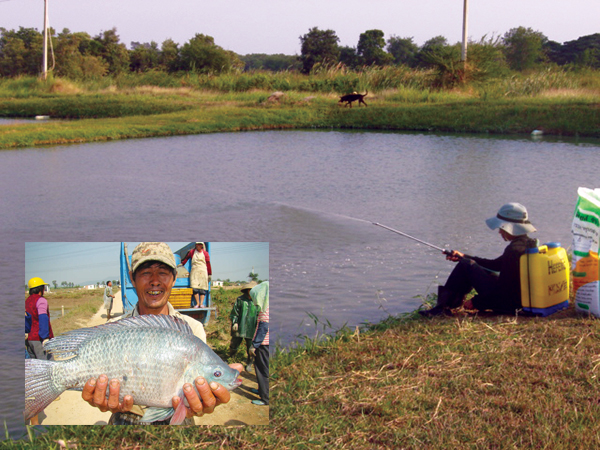
Health & Welfare
The chemical communicators pheromones can be used to induce increased feeding activity in a range of farmed species. Preliminary commercial testing with pheromone feeding stimulants sprayed onto the surface of water prior to feeding found better feed utilization in fish and better water quality. Pheromone applications also produced shrimp that were 30 percent larger than the control shrimp and had a significantly faster rate of growth.
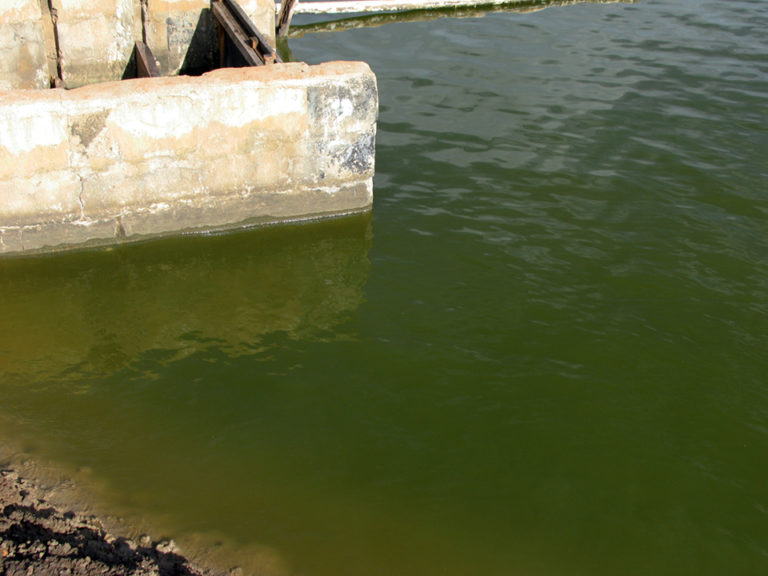
Responsibility
Improved feeds and feeding practices increase the proportion of nitrogen recovered in fish and shrimp and lessen the amount of ammonia excreted by the culture animals.